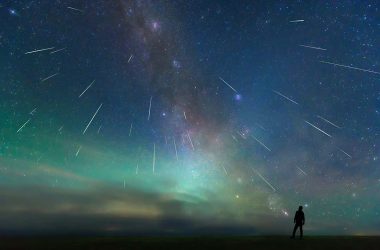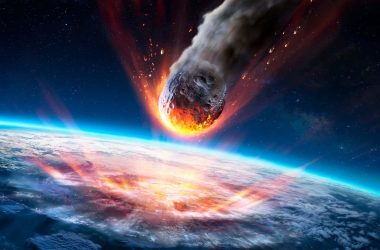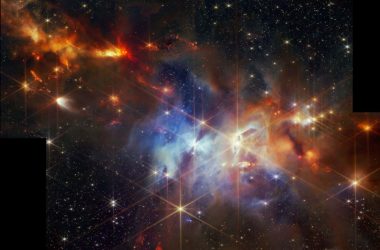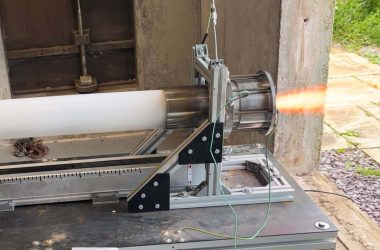Introduction
New research suggests that time passed more slowly in the early universe compared to the present. This phenomenon is a result of the expansion of the universe since the big bang. As light from ancient cosmic events travels longer distances to reach Earth, it takes more time to arrive. Consequently, cosmic events that occurred far back in time seem to unfold slower compared to events happening now.
Observations of Time Dilation
Since the 1990s, scientists have observed this time dilation in distant supernovae, with the oldest one going back to about half the age of the universe and appearing to evolve at 60% of the speed we observe today. Now, researchers Geraint Lewis and Brendon Brewer have observed an even more extreme version of time dilation in the early universe by studying quasars.
The Study of Quasars
Quasars are objects found at the center of galaxies, consisting of supermassive black holes surrounded by hot plasma disks that emit high-energy particles. These objects are among the oldest in the universe, with the earliest observed quasars emerging just 600 million years after the big bang. This makes quasars suitable for studying time dilation in the early universe.
Detecting Time Dilation
Although studying quasars for time dilation is challenging due to their unpredictable nature, Lewis and Brewer found a way to analyze the data of 190 quasars. They grouped the quasars based on brightness and red-shift, which occurs when light from distant objects is stretched into longer, redder wavelengths. By comparing the patterns of activity within each group, they found that the earliest observed quasar appeared to evolve at a rate five times slower than quasars seen today.
Significance of the Study
This study provides the earliest observation of cosmological time dilation. The findings support previous research on time dilation observed in other astronomical objects, such as supernovae. Understanding how time evolves in different cosmic eras contributes to our understanding of the evolution and expansion of the universe.
Conclusion
Time dilation in the early universe explains why cosmic events from billions of years ago appear to unfold more slowly. With the use of quasars, scientists have observed the most extreme version of time dilation, providing valuable insights into the evolution of the universe.








